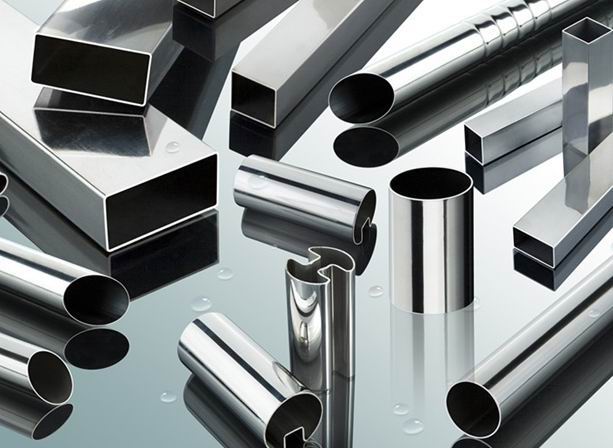What is Duplex?
Duplex and Super Duplex Grades of Stainless Steel deal remarkable corrosion resistance when 316 grade simply isn't enough.

Duplex Stainless-steel Fasteners (SAF 2205 or UNS S31803) or Super Duplex Stainless Steel Fasteners (SAF 2507 or UNS S32750) are grades of Stainless Steel often required in the fight versus corrosion when 316 grade just isn't enough, such as http://www.bullionpipe.com/our-product/alloy-steel-products/alloy-steel-plates-alloy-steel-sheets/ being constantly submerged in salt-water. An essential function of Duplex stainless-steel is that its pitting and crevice deterioration resistance is greatly remarkable to that of 304 or 316 grade Stainless-steel.
This combined with high mechanical strength and ductility makes it an excellent product for so many applications. Typically 316 Grade Stainless-steel is described as 'Marine grade' - and yes while it is typically utilized and ideal for marine environments such as attachments on a luxury yacht's deck, it is by no implies the most robust alloy for high chloride environments (E.g. salt-water). Where fastener strength and stability is critical, such as for bolts in a Private yacht's Keel, a Duplex or Super Duplex Fastener is needed. Also where a Stainless Fastener is immersed in salt-water, Duplex would be the minimum requirement. Duplex and Super Duplex Fasteners are not typically 'off the rack' and stocked by stainless fastener suppliers. They are made to buy and ensuring the source is focused on Duplex fastener manufacture with a high degree of Quality Control is crucial.
Duplex Production technologies
Duplex fastenersare ideally made with created heads and rolled threads, with the heating in the forging process thoroughly temperature controlled.
Duplex fasteners can be CNC machined from round or hex bar - however ideally they would be made with created heads and rolled threads. Threads must be rolled rather than machined to ensure smoother, stronger threads are acquired as compared with machined/CNC threads - this increases the thread's yield strength, surface area finish, firmness, and wear resistance. When Hot https://en.search.wordpress.com/?src=organic&q=steel Creating the fastener head, temperature level control is crucial. When heating Duplex you must avoid extended time in the important temperature zone as this motivates undesirable Nitrides and Carbides to form. It is important that digital control equipment is used to quickly heat up through this temperature zone and instantly remove from the heat source when the temperature is optimum for creating. Any Duplex item ought to then undergo laser marking to ensure traceability of the fastener through the supply chain. Test Certificates need to also always be acquired.
Duplex Applications - where would you use Super Duplex over Duplex?
Applications which can benefit from making use of these duplex steels include piping systems, pumps (where the excellent erosion and abrasion resistance is utilized), valves, heat exchangers, Keel Bolts, utilized with products immersed in salt-water and other equipment.
Duplex has exceptional basic corrosion resistance; remarkable to grade 316 in most environments, including resistance to inter-granular, pitting and crevice corrosion. Super Duplex has even higher pitting resistance. In summary - 316 is great, Duplex is great and Extremely Duplex is well - 'SUPER'! One of the most typical techniques to specify resistance to pitting corrosion is the PRE value, Pitting Resistance Equivalent. The PRE can be determined from the composition as: PRE = %Cr + 3.3 %Mo + 16 %N Plainly grades high in the alloying aspects Chromium and specifically Molybdenum and nitrogen are more resistant.